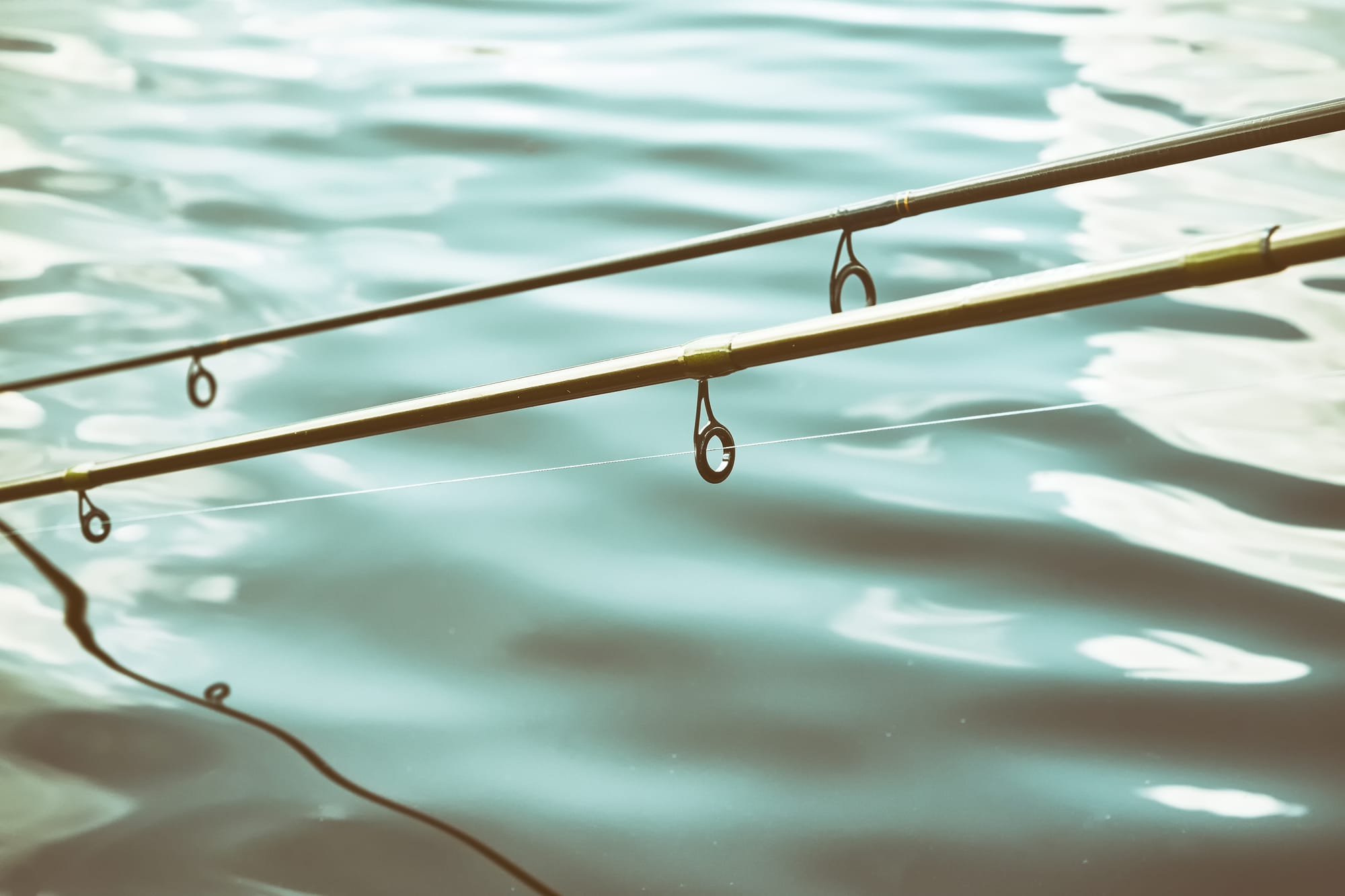Top 10 Tips for Preserving Your Vintage Fishing Rods

Top 10 Tips for Preserving Your Vintage Fishing Rods
Vintage fishing rods are often more than just tools—they’re parts of history, collectables, and mementos that are often passed down through generations. However, preserving these rods properly requires care and attention. If you're looking to keep your vintage fishing rods in top-notch condition for years to come, here are the top 10 tips to safeguard them and maintain their beauty and functionality.
1. Clean Your Fishing Rods Thoroughly After Each Use
One of the most important steps for preserving a vintage fishing rod is regular cleaning. After each use, wipe down the rod and reel with a soft damp cloth to remove dirt, saltwater residue, or debris. Avoid using harsh chemicals, as they can damage the rod’s finish. Gentle soap and water generally work fine, followed by a soft microfiber cloth to dry it completely. Keeping the rod clean prevents corrosion and wear on both the material and the hardware.
2. Inspect for Damage Regularly
Routine inspections can help you identify and address any potential issues before they worsen. Examine the rod's blank (the main body), guides, reel seats, and handle for any cracks, chips, or other damage. If you notice small cracks or rust on metal components, address them immediately to prevent further deterioration. Early detection can save both your rod and your wallet from extensive repairs in the long term.
3. Handle with Care
Always handle your vintage rods carefully, even if they seem sturdy. Avoid bending or stressing the rod unnecessarily. When assembling or disassembling sections, do so gently to prevent cracking at connection points. Make sure to hold the rod close to its base when carrying it and never drag it along surfaces that may scratch or damage it. Being mindful of how you handle your vintage rod can significantly extend its lifespan.
4. Store Your Rods in a Cool, Dry Place
Storing your rods properly is key to their preservation. Keep them in a cool, dry environment away from direct sunlight, as UV rays can degrade the rod's surface and weaken materials over time. Moisture is another factor to watch out for, as damp environments can lead to mildew and rust. Choose a storage location that is well-ventilated and not prone to extreme temperature fluctuations.
5. Use Protective Rod Sleeves and Tubes
Invest in quality rod sleeves or tubes to shield your vintage fishing rods from accidental damages. These protective coverings are especially useful during storage or transportation. Rod sleeves protect the blank from scratches and abrasions, while sturdy tubes offer additional protection from impacts or crushing. A little investment in proper storage accessories can go a long way in ensuring your rod’s longevity.
6. Restore Cork Handles Carefully
Many vintage fishing rods feature cork handles, which are prone to wear and discoloration over time. To keep them looking like new, clean cork handles with a soft cloth dampened in soapy water, then let them dry completely. Avoid soaking the cork material, as too much water can lead to deterioration. For heavily worn or damaged handles, you can restore their appearance using fine sandpaper and an appropriate cork sealant. This small effort will bring back the charm of your vintage rod.
7. Lubricate Metal Components
To preserve the integrity of the rod’s metal parts—such as reel seats, ferrules, and guide rings—regular lubrication is crucial. Use a non-corrosive lubricant to protect these components against rust, especially if you’re storing the rod for prolonged periods. Apply the lubricant sparingly with a cotton swab or cloth to avoid excessive buildup. This simple step will ensure smooth operation and enhance the rod’s durability.
8. Avoid Overloading and Overuse
While vintage rods are functional, they may not be as durable as modern alternatives. Overloading a vintage fishing rod with heavy lines or fighting fish beyond its capacity can stress its structure, causing cracks or bending. Similarly, extended periods of use without rest can lead to fatigue in materials. Treat your collectible rods with respect and know their limitations to prevent undue stress and damage.
9. Preserve the Original Finish
The original finish of a vintage rod not only contributes to its beauty but also protects the materials from external factors like moisture and dirt. If the finish is showing signs of wear, you can apply a rod varnish or polish suitable for vintage rods. Use a high-quality product designed for the specific material of your rod to maintain its authenticity. However, if you are uncertain or hesitant, consult a professional to avoid accidentally damaging the finish.
10. Keep Your Rods Organized
Last but not least, storing your vintage fishing rods in an organized manner can prevent accidental damage. Use a rod rack or wall-mounted organizer where each rod can have its own designated space. Avoid stacking or leaning rods against walls, as this could cause warping, scratches, or other physical damage. An organized storage system also makes it easier to access and display your prized collectibles.
Bonus Tip: Seek Professional Help for Repairs
If your vintage rod sustains significant damage or needs restoration, it’s best to consult with a professional rod builder or restoration specialist. DIY fixes can sometimes make the problem worse, especially if you’re unfamiliar with fishing rod construction or vintage materials. Professional expertise ensures that your rod is repaired and preserved correctly, maintaining its value and functionality.
Conclusion
Preserving your vintage fishing rods requires time, care, and a deep appreciation for their craftsmanship. By following these top 10 tips—regular cleaning, careful inspection, proper handling, organized storage, and more—you can ensure that these relics of fishing history remain in excellent condition. Whether you’re a collector or an angler with an eye for nostalgia, treating your vintage rods with care will keep them "ready to fish" for generations to come.


